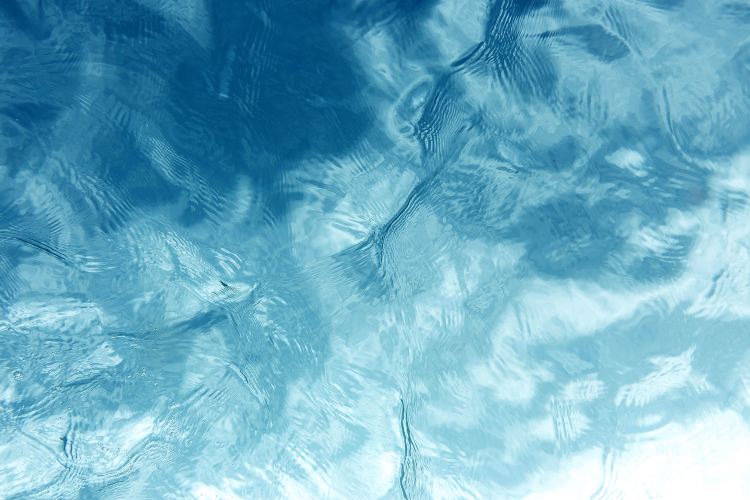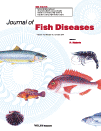Optimization of fixation methods for image analysis of the hepatopancreas in whiteleg shrimp, Penaeus vannamei (Boone)

Abstract
Pathology in penaeid shrimps relies on histology, which is subjective, time-consuming and difficult to grade in a reproducible manner. Automated image analysis is faster, objective and suitable for routine screening; however, it requires standardized protocols.
The first critical step is proper fixation of the target tissue. Bell & Lightner's (A Handbook of Normal Penaeid Shrimp Histology, 1988, The World Aquaculture Society, Baton Rouge) fixation protocol, widely used for routine histology of paraffin sections, is not optimized for image analysis, and no protocol for frozen sections is described in the available literature. Therefore, the aim of this study was to optimize fixation of the hepatopancreas (HP) from whiteleg shrimp (Penaeus vannamei) for both paraffin and frozen sections using a semiquantitative scoring system. For paraffin sections, four injection volumes and three injection methods were compared, for frozen sections, four freezing methods and four fixation methods.
For paraffin sections, optimal fixation was achieved by increasing threefold the fixative volume recommended by Bell and Lightner, from 10% to 30% of the shrimp body weight, combined with single injection into the HP. Optimal fixation for frozen sections was achieved by freezing the cephalothorax with liquid nitrogen, followed by fixation of the section with 60% isopropanol. These optimized methods enable the future use of image analysis and improve classical histology.
